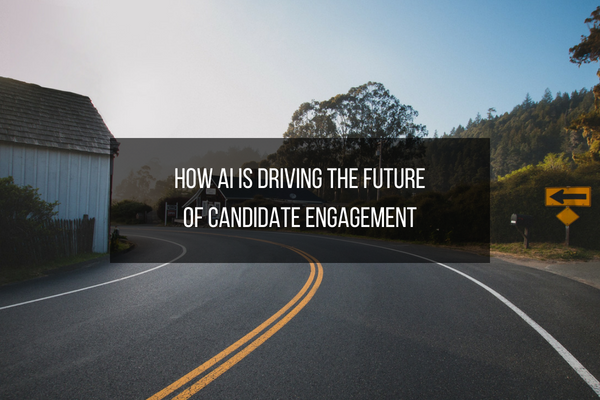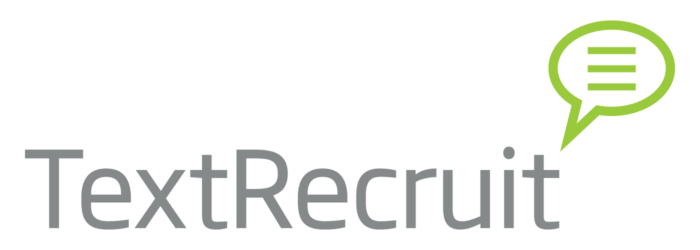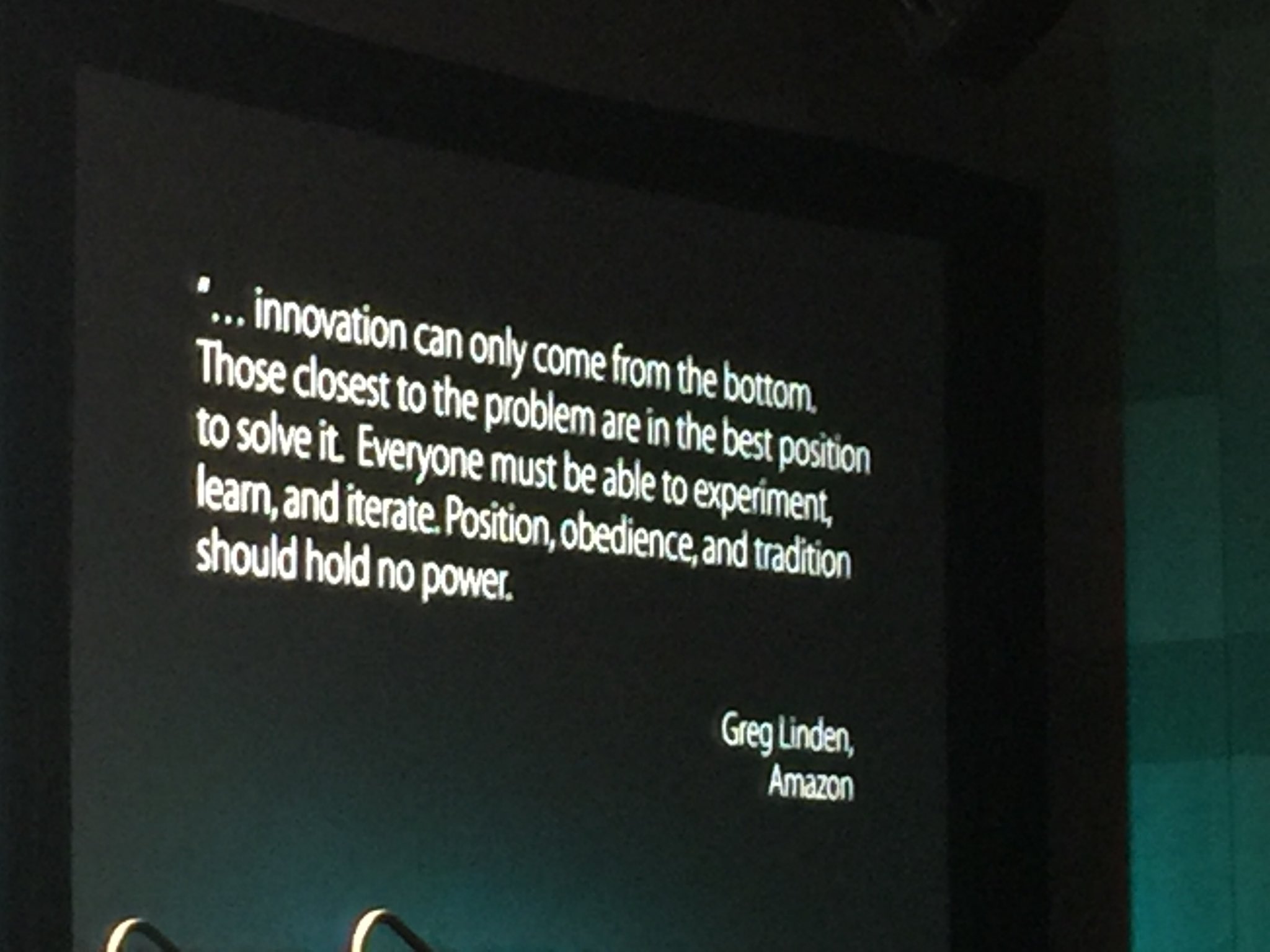We recently came across a company in the cloud security space that had developed their own chatbot internally. They wanted it to save time both in customer success and talent acquisition (external and internal), so it became an internal priority and was completed pretty fast.
The problem: “pretty fast” is not always good on new tech projects, and the tech on this chatbot was shoddy. It alienated both customers (bad) and candidates (also bad). After about three weeks, including one lost account, the company blew up the chatbot and vowed to return when they could do it right.
This is somewhat normative, actually. Consider this paragraph from Business Insider:
Chatbots and voice assistants have the potential to become an indispensable part of the workplace, but the technology will need to advance, and new and compelling use cases will need to come to light. Fifty-nine percent of respondents said the tech misunderstands requests and the nuances of human dialogue, while 30% find that the technology executes inaccurate commands. Meanwhile, among businesses that have yet to tap into AI-powered chatbots and voice assistants, 50% say it’s because of the lack of use cases.
That points to a number of issues with the rise of chatbots, namely:
- Misunderstanding requests (there’s any number of parodies online about tech misunderstanding you, including that annoying “Calling Jim now” ad)
- Nuances of human dialogue (imagine a chatbot trying to process sarcasm; ideally sarcasm is lacking in hiring processes, but there are no guarantees in this crazy world)
- Inaccurate commands
- Use cases
The “use cases” argument seems a little far-fetched — the most logical use case would be “This will save our recruiters time in terms of candidate communication until they’re further along in the process.” That said, many companies operate by needing to see best practices and use cases on everything, so it’s understandable.
This is how chatbots are going to get to scale in TA
Simple and straightforward is the play. That’s what we did with Ari, a chatbot that can:
- Announce jobs
- Screen applicants
- Schedule interviews
- Answer FAQ
You need to crawl before you walk, then walk before you run. (More on this in a second.)
When you first use a chatbot as an organization or a recruiting team, your goals should be simple:
- Reduce the “candidate black hole” issue
- Save your recruiters time
That’s it. Focus on those two things first.
What will reduce the candidate black hole issue? Have FAQ around timelines and process and next steps. Then when a candidate asks, the chatbot can respond and it won’t — to quote Business Insider — respond with some “inaccurate commands.” This is what candidates care about, especially if they’re on the open market and recently laid-off, etc. They want to know how quickly they might be in a new role. It’s incredibly important to them, and when you say nothing back, that’s demoralizing, and it hurts your brand in their eyes. We tend to only have discussions in TA articles about “the A-Players,” but the fact is every type of candidate interacts with your brand as a candidate. And because they’re all human, they want context and communication. Chatbots help there.
What saves your recruiters time? Take away scheduling and hand that to the bots. Scheduling sucks up recruiters’ time like a Hoover — and that’s time they could be using to build better pipelines so that, ironically, they’d barely need to schedule in the future. They’d already have a list of excellent candidates and could just start bringing ‘em in! Take away posting and screening to an extent too. Let the bots do that, top-of-funnel.
Save time, make candidates happier. A nice 1-2 punch.
Oh, and remember about the crawl-walk-run? Well, we actually put together a resource for recruiters about using chatbots on their teams. It’s available for you right here:
https://info.textrecruit.com/recruiters-guide-to-chatbots-and-ai

The awesome contents of this article are sponsored by TextRecruit.























